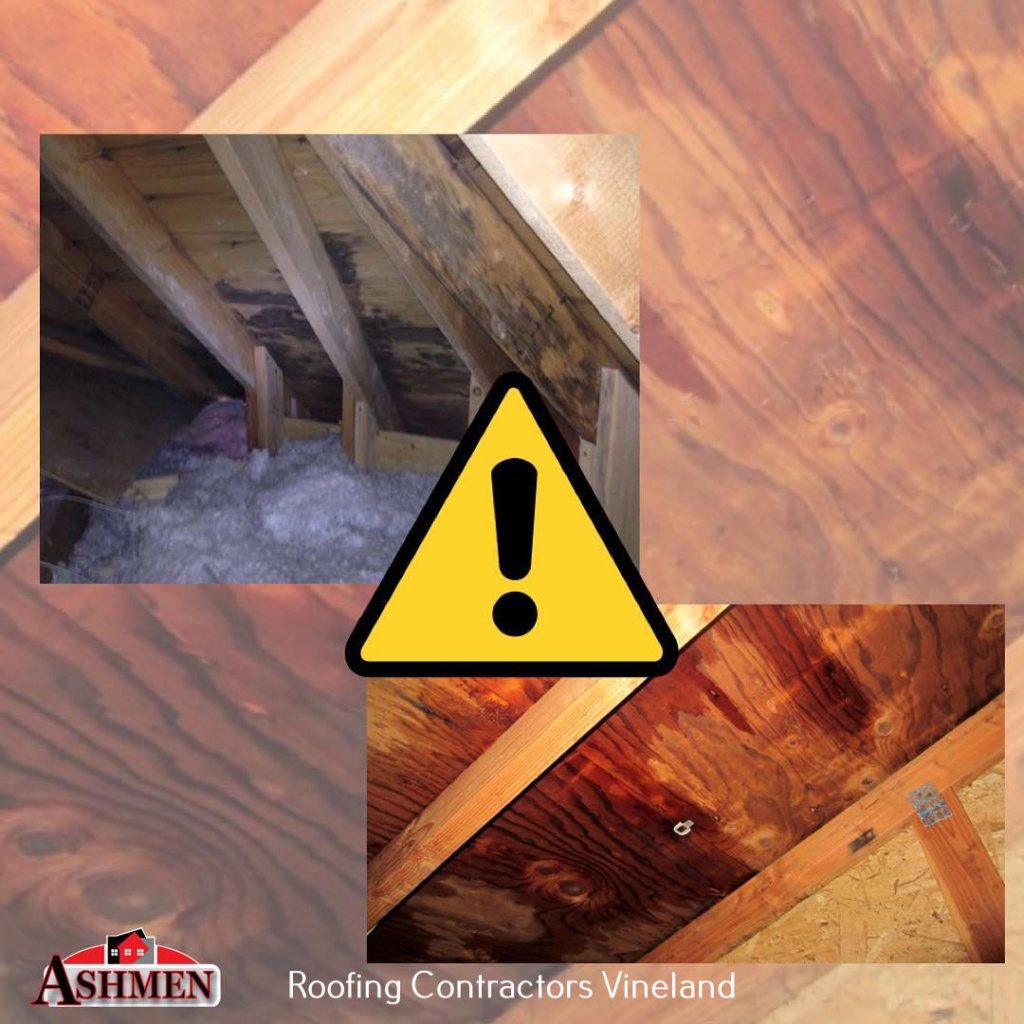Railroad crossings are essential to the American transportation infrastructure, connecting cities and towns nationwide. In Vineland, New Jersey, the Vineland Diamond Railroad Crossing plays a crucial role in ensuring the efficient movement of goods and people. This article explores the history, significance, and operation of the Vineland Diamond Railroad Crossing, shedding light on its importance in the local community. More can be found here.
History of Vineland Diamond Railroad Crossing
The Vineland Diamond Railroad Crossing has a rich history dating back to the late 19th century. Initially established in the late 1800s, it was a part of the West Jersey and Seashore Railroad. The crossing gained its name due to the diamond-shaped arrangement of the intersecting tracks, a unique feature in the area. Over the years, the crossing has witnessed significant transformations and developments in response to the evolving transportation needs of the region. Discover facts about Anthony Campanella Park: A Jewel of Vineland, NJ.

Significance to Vineland
The Vineland Diamond Railroad Crossing holds immense significance for Vineland and the broader region. It is a crucial transportation link for the movement of goods, connecting local industries to national and international markets. The crossing facilitates the transportation of agricultural products, manufactured goods, and other commodities, which is vital for the community’s economic well-being.
The crossing also serves as an important commuter route, allowing residents of Vineland to access neighboring towns and cities conveniently. For many, it is a crucial link in their daily commute, helping them reach their workplaces, schools, and essential services.
Safety Measures and Regulations
Safety is a top priority at the Vineland Diamond Railroad Crossing. The crossing is subject to strict safety regulations and has various safety features to protect drivers and pedestrians. This includes warning signs, flashing lights, and crossing gates that activate when a train approaches. These safety measures are in place to prevent accidents and ensure the safe passage of vehicles and pedestrians across the railroad tracks.
Operations and Maintenance
The efficient operation and maintenance of the Vineland Diamond Railroad Crossing are essential to its smooth functioning. The crossing is part of a complex network of railroads, and regular maintenance is crucial to ensure its safety and reliability. Maintenance teams inspect and repair the tracks, signals, and crossing gates to keep them in optimal condition.
The Vineland Diamond Railroad Crossing is also a key point in the broader rail transportation network. It is managed by the responsible rail authorities, and the coordination of train schedules is essential to avoid congestion and delays. This careful coordination ensures that trains and vehicles can cross the tracks without disruptions, supporting the efficient flow of goods and people.
Community Involvement and Outreach
The Vineland community plays an active role in promoting safety and awareness at the Diamond Railroad Crossing. Local authorities and organizations often collaborate on educational initiatives to inform residents about the importance of obeying safety regulations at the crossing. Outreach programs target schools, businesses, and the general public, emphasizing the need for caution and vigilance when crossing the tracks.
Conclusion
The Vineland Diamond Railroad Crossing is not just a historical relic but a vital transportation artery connecting Vineland to the rest of the region. Its significance extends beyond the economic and practical aspects, as it also serves as a testament to the enduring importance of railroads in American history. The crossing’s operation and maintenance are a testament to the commitment to safety and the involvement of the local community in raising awareness and ensuring that everyone stays safe when crossing the tracks. For Vineland and the surrounding area, the Vineland Diamond Railroad Crossing remains a symbol of connectivity and a lifeline for transportation.



